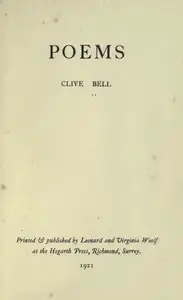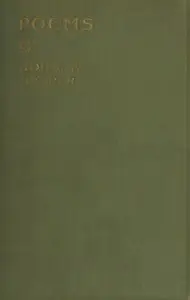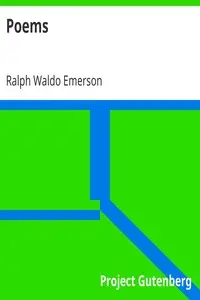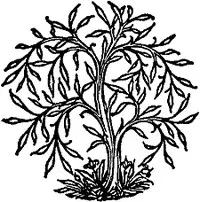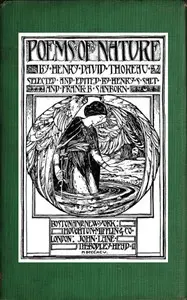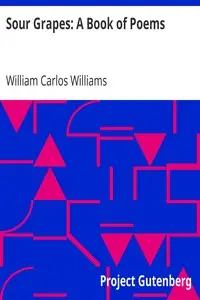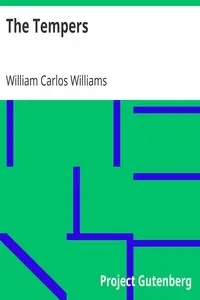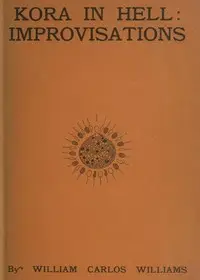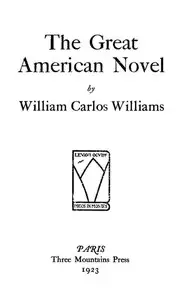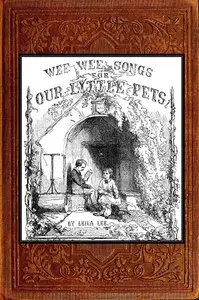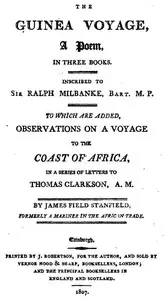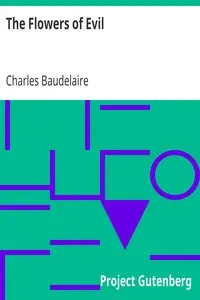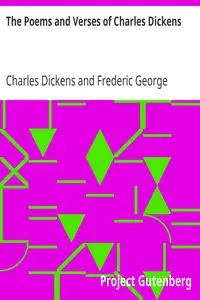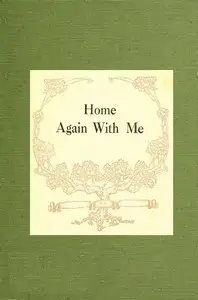"A Book of Poems, Al Que Quiere!" by William Carlos Williams is a compilation showcasing the beauty and struggles of life in the early 1900s through poetry. This book uses bright images and careful observations to connect to the reader with human experiences. Exploring universal themes like love, the natural world, and the challenges of regular life. Williams creates a diverse set of snapshots that highlight the beauty within simple, everyday things. Poems touch on topics from the deeply personal, like love and loss, to more general topics, like society and existence. Nature features prominently, connecting inner feelings to the outside world through descriptions of the land, plants, and animals. By combining longing with a feeling of being present, and using language that is understandable yet thought-provoking, this collection provides a meaningful look at what it means to be human.
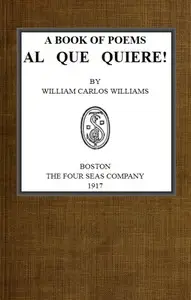
A Book of Poems, Al Que Quiere!
By William Carlos Williams
Experience love, nature, and the ups and downs of daily life through the eyes of a poet who finds beauty in the ordinary.
Summary
About the AuthorWilliam Carlos Williams was an American poet and physician of Latin American descent closely associated with modernism and imagism. His Spring and All (1923) was written in the wake of T. S. Eliot's The Waste Land (1922). In his five-volume poem Paterson (1946–1958), he took Paterson, New Jersey as "my 'case' to work up. It called for a poetry such as I did not know, it was my duty to discover or make such a context on the 'thought.'" Some of his best known poems, "This Is Just to Say" and "The Red Wheelbarrow", are reflections on the everyday. Other poems reflect the influence of the visual arts. He, in turn, influenced the visual arts; his poem "The Great Figure" inspired the painting I Saw the Figure 5 in Gold by Charles Demuth. Williams was awarded a posthumous Pulitzer Prize for Poetry for Pictures from Brueghel and Other Poems (1962).
William Carlos Williams was an American poet and physician of Latin American descent closely associated with modernism and imagism. His Spring and All (1923) was written in the wake of T. S. Eliot's The Waste Land (1922). In his five-volume poem Paterson (1946–1958), he took Paterson, New Jersey as "my 'case' to work up. It called for a poetry such as I did not know, it was my duty to discover or make such a context on the 'thought.'" Some of his best known poems, "This Is Just to Say" and "The Red Wheelbarrow", are reflections on the everyday. Other poems reflect the influence of the visual arts. He, in turn, influenced the visual arts; his poem "The Great Figure" inspired the painting I Saw the Figure 5 in Gold by Charles Demuth. Williams was awarded a posthumous Pulitzer Prize for Poetry for Pictures from Brueghel and Other Poems (1962).



